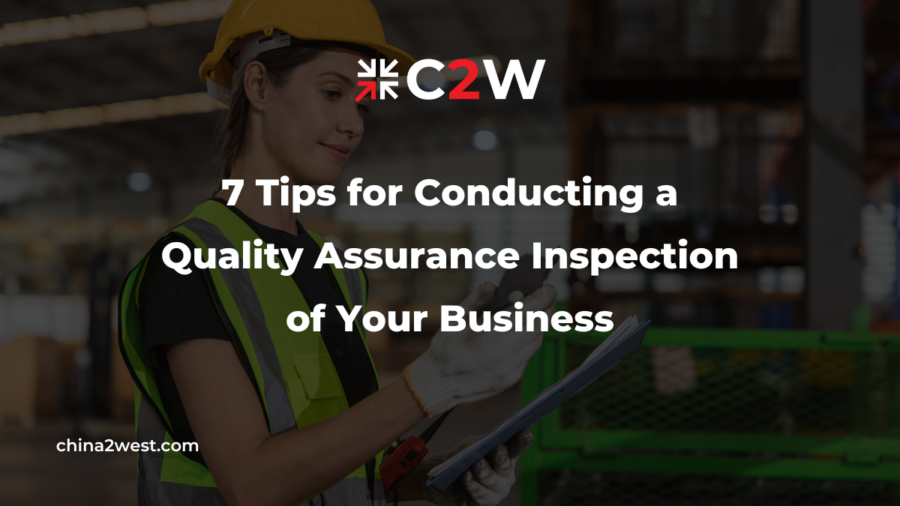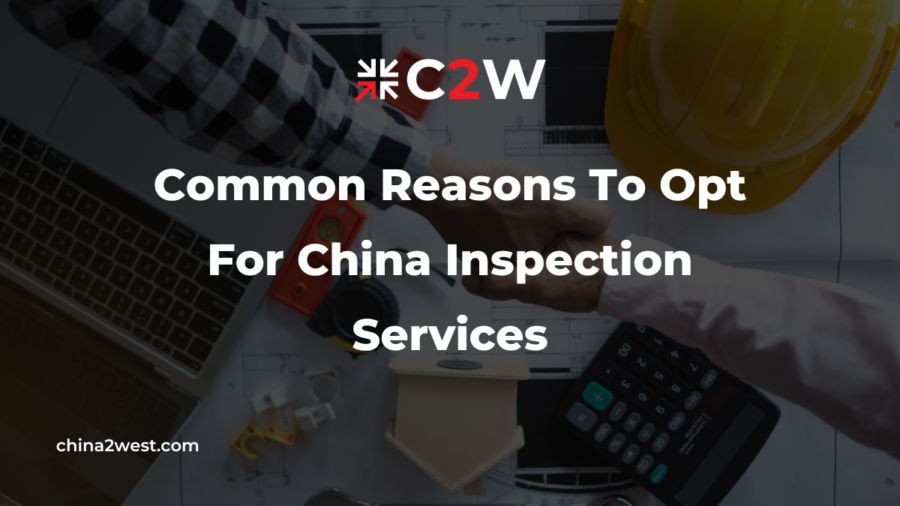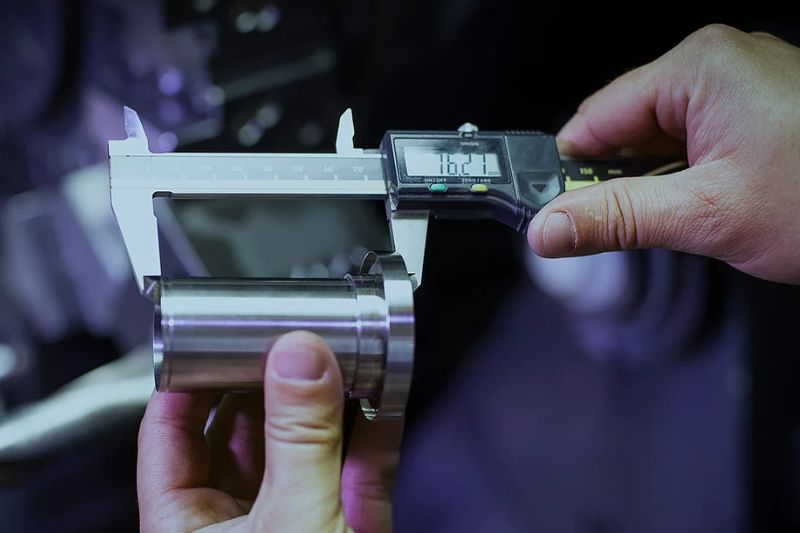Imagine running a business that has no trouble keeping its team motivated and setting itself apart from its competition. However, you can’t seem to overcome quality issues. Problems like these are some of the most common reasons why approximately 20% of businesses in the United States fail within the first year.
Implementing quality control measures is especially crucial in manufacturing to ensure production quality. However, not everyone understands how to conduct the right quality assurance inspection.
We’ve put together a brief guide that has the key information you should keep in mind. Let’s explore what you need to know about quality control in manufacturing.
1. Use the Right Language
Many businesses make the mistake of overlooking this detail. Without the right terms in your guidelines, you could inadvertently derail the whole process. Your employees and inspectors should have access to the same information, and they should be on the same page regarding the terminology they’ll use to describe the inspection.
If both parties have a language barrier, don’t move forward until you’ve cleared everything up. It’s not uncommon for two languages to have vastly different meanings for similar words.
In some cases, a language might not have a word that’s a suitable counterpart for the other language. The last thing you want is for something to get lost in translation during an inspection.
You might not discover there’s an issue until it’s too late. Scenarios like these can lead to customer dissatisfaction.
2. Define Criteria
Carefully define the criteria you’ll use during the inspection. These should establish what is and isn’t acceptable. Similar to the above scenario, both parties should have access to the right information.
If issues arise during the inspection, your employees will understand why the problem occurred. Defining criteria also allows workers to understand when issues will prevent the product from passing an inspection.
Consider a scenario where you outsource the contract manufacturing of car parts to a firm in China. You’ve clearly defined your goals and objectives, allowing the overseas workers to recognize problems that could impact the product’s inspection pass rate.
It’s best to periodically assess that everyone involved understands the inspection criteria. Even minor changes to workflow or production could cause issues if left unchecked.
3. Utilize Checklists
Every type of inspection can benefit from using a checklist. These allow you to document the inspection results and highlight areas of concern.
They also allow you to progress through inspection criteria in order of importance. Keep in mind that your first few checklists might not be optimal. This is especially true for new products that you haven’t inspected before.
As time passes, you can rework your checklist to make the inspection more efficient. This can save a large amount of time and also make errors less likely.
4. Always Provide Feedback
There’s always room for improvement regarding inspections. The process could have been more efficient, or it could’ve been conducted differently.
Look for areas that need constructive feedback so you can make your next inspection more cohesive. You should also provide your employees with feedback about how they performed during the process.
Reward workers that meet your needs so they’re motivated to maintain high performance levels. If workers fall short of your goals, help them understand where things went wrong and what they can do to improve.
5. Keep Communication Open
There’s a good chance you can improve your inspections by listening to your employees. They’ll have powerful insights due to working directly with the products.
Your workers should have no trouble getting in touch with you to voice their opinions. To streamline this process, you can also ask your workers directly.
6. Don’t Neglect Safety
Some businesses are so concerned with inspection results that they overlook safety. This can apply to the safety of the product and worker safety during inspection. Neglecting this attribute can lead to numerous issues, such as expensive fines and fees.
It’s also worth noting that violating the Occupational Safety and Health Administration (OSHA) terms can damage your company’s reputation. Even a single incident can derail your operations, so taking this obligation seriously is imperative. Train your employees on hazard identification and compliance so they can avoid problems in the future.
7. Work With a Professional
Without professional oversight, it can be difficult to achieve your desired results. There’s also something to be said about the benefits of having a fresh perspective on your operations. When searching for someone to work with, explore their past reputation.
See what other people online have to say about the results they got from working with them. Look for reviews that mention professionalism, enthusiasm, and timeliness. Don’t overlook their pricing structure.
This will help you budget appropriately and prevent financial surprises. It’s worth noting that you shouldn’t choose the cheapest options you find.
These are unlikely to meet your goals, and they could even cause negative experiences. In contrast, you don’t have to work with the most expensive firms you find. There’s a point of diminishing returns regarding how much you pay for these services.
Somewhere in the middle of the price range can help you reach your goals without overspending. What is their customer support policy like?
You shouldn’t have an issue getting the required help when you need it. If you outsource to an overseas professional, ensure they have a strong knowledge of that country’s laws. Dealing with legal issues can be costly and time-consuming.
In some cases, the problems you face could substantially impact your performance. With enough vigilance during your search, you shouldn’t have an issue finding the right professional for your situation.
Conduct the Right Quality Assurance Inspection
Without the right quality assurance inspection process, you risk encountering obstacles you could’ve otherwise avoided. The information in this guide will help you get started on the right track and get the best possible results.
China 2 West Services has proudly served our clients since 2005 and continues to provide outstanding results. We’ve worked with thousands of businesses and helped them optimize their outsourced manufacturing and production. You can learn more about the many benefits we offer when you contact us today.




